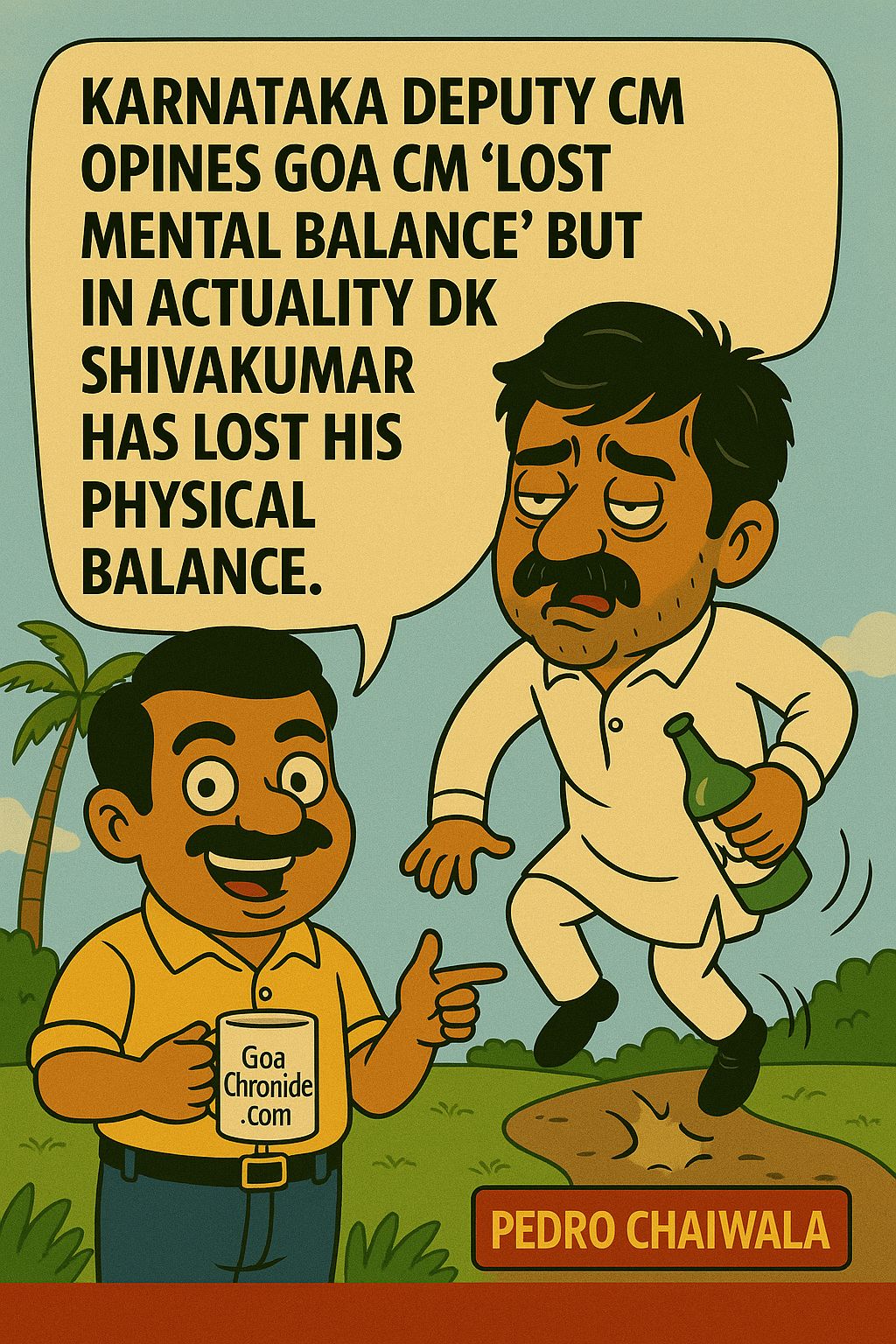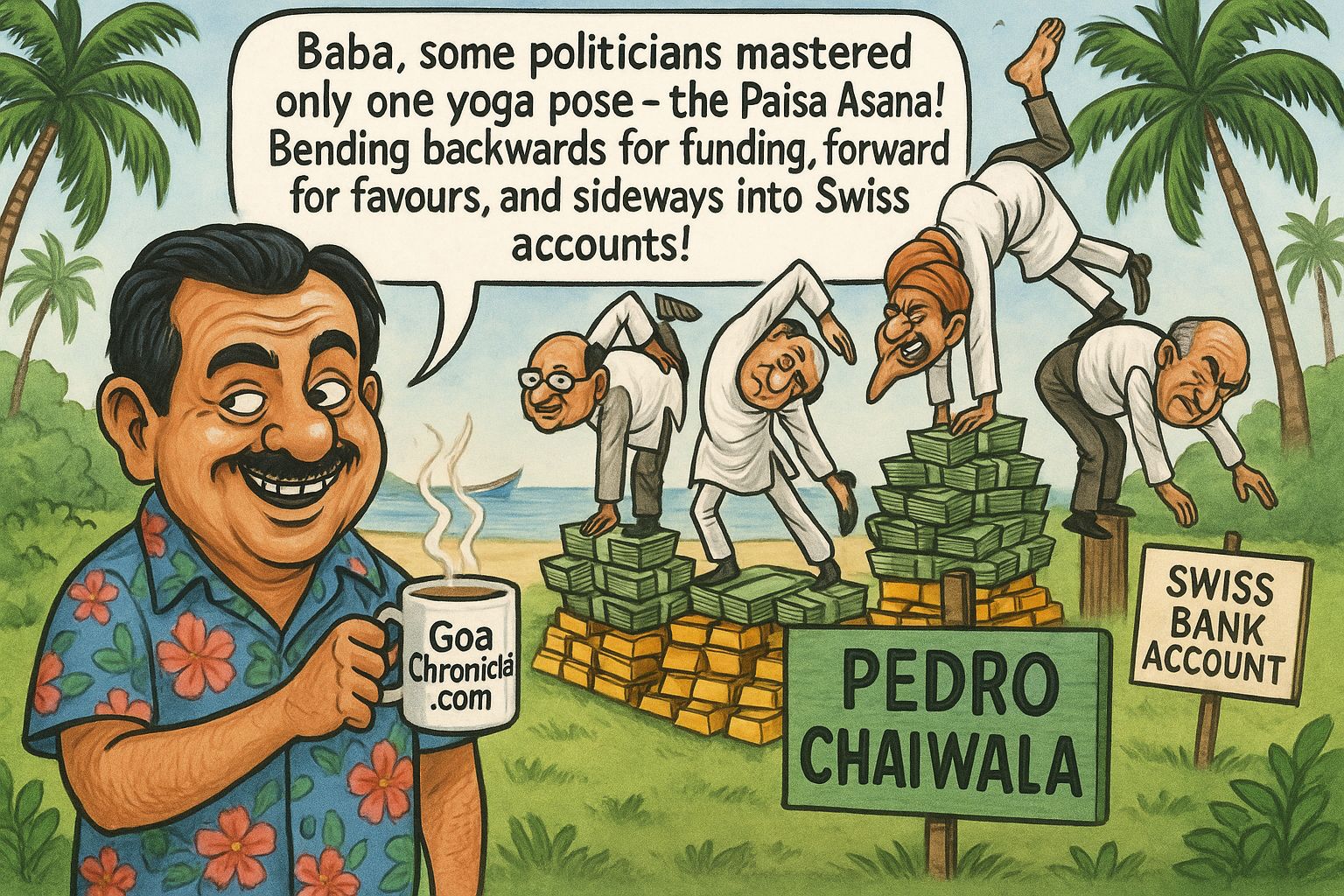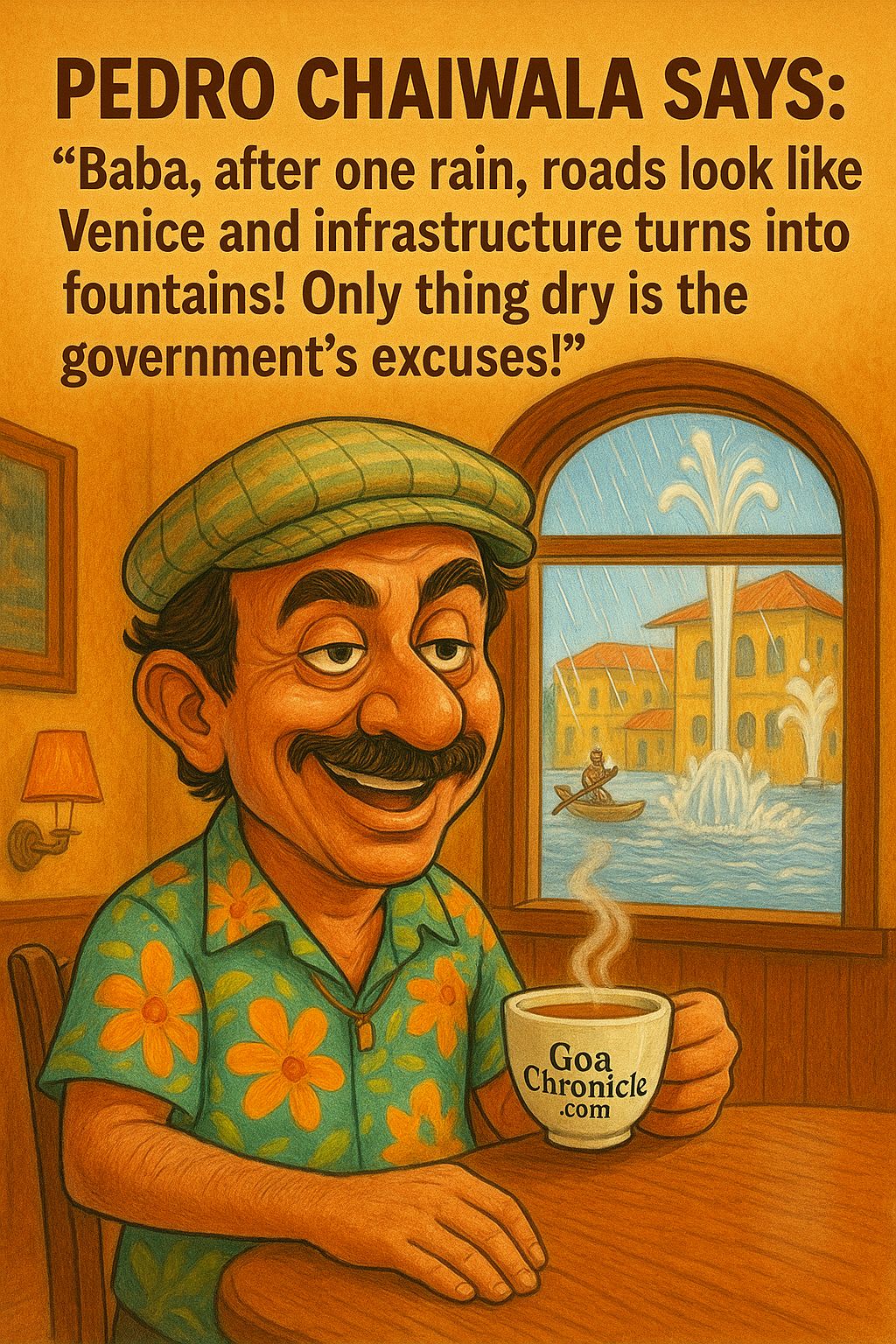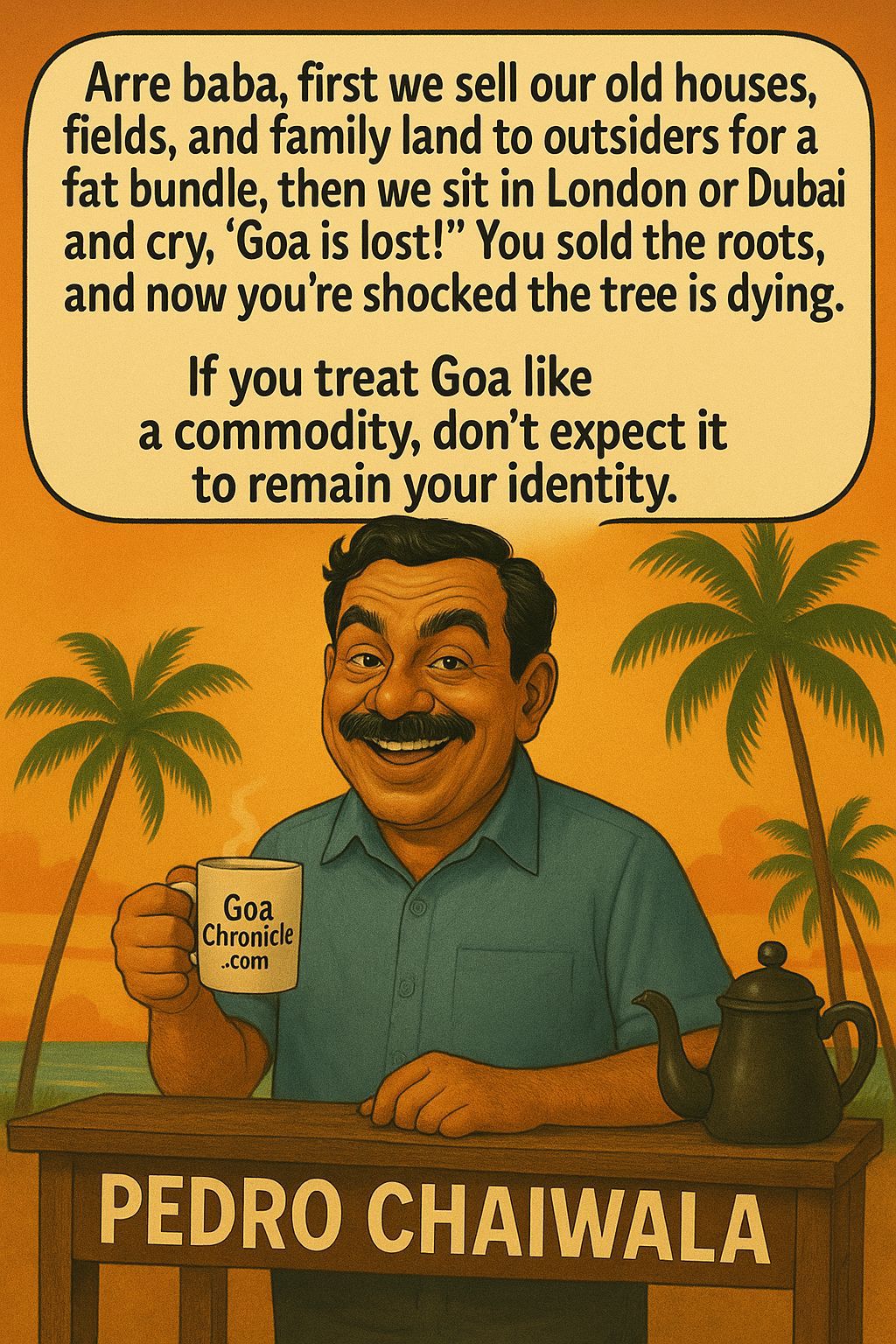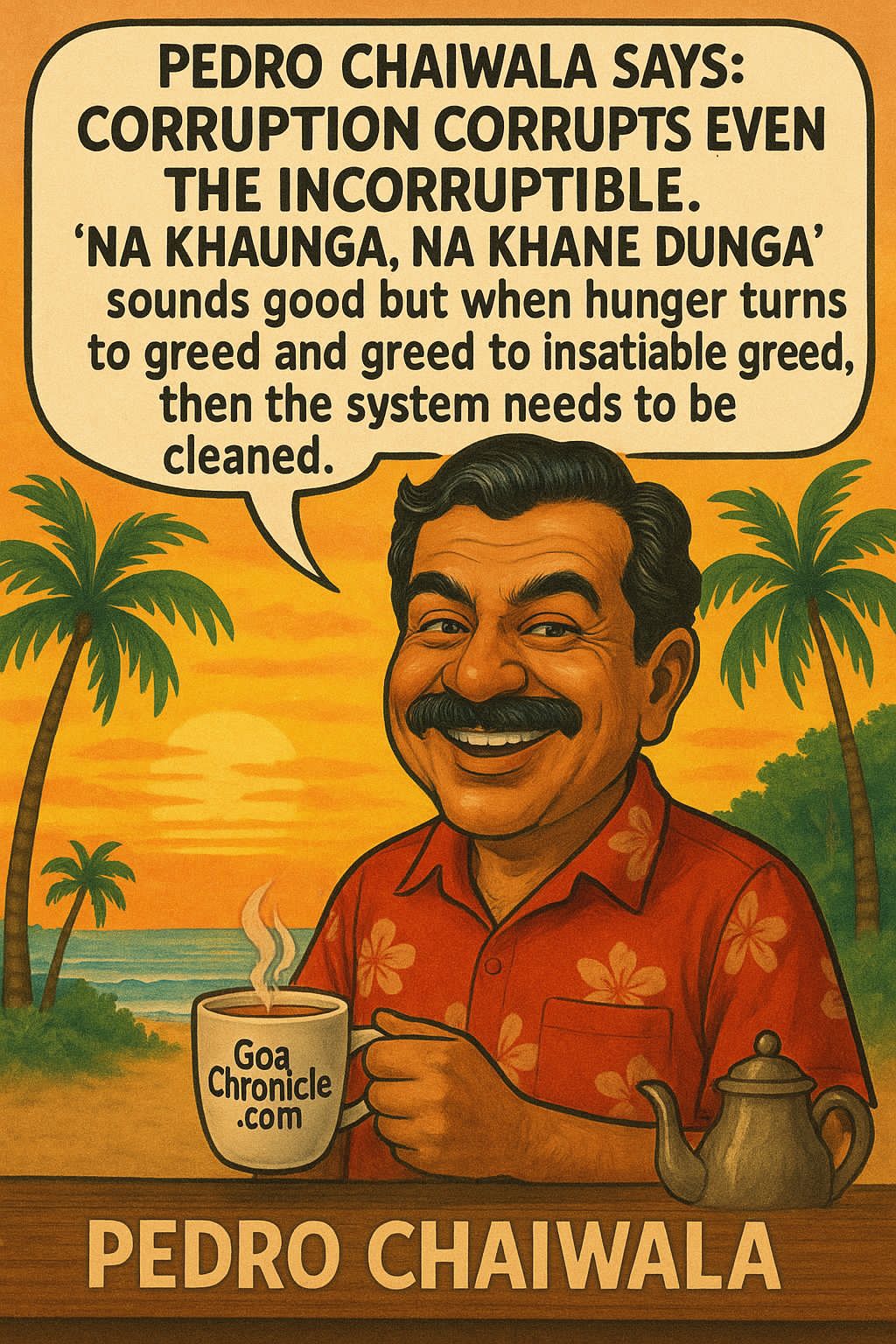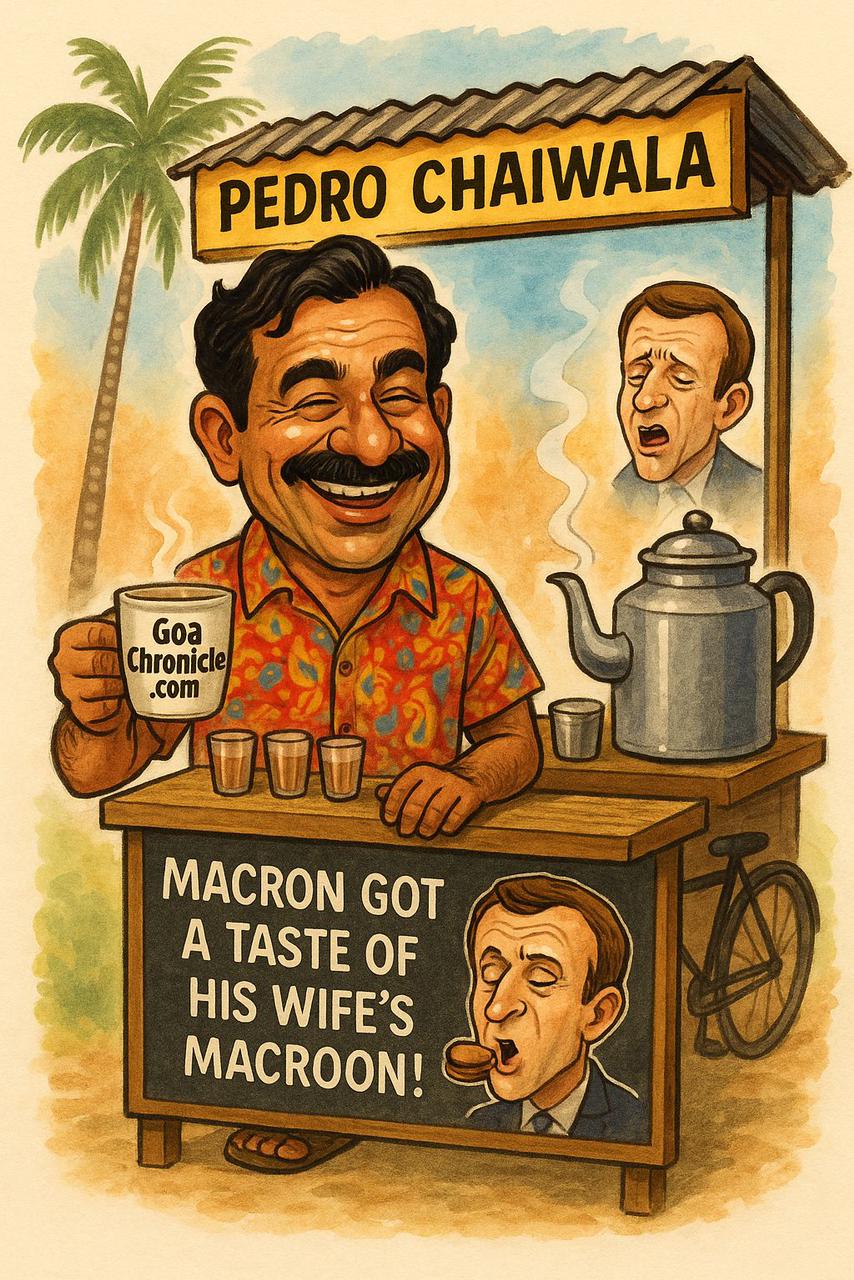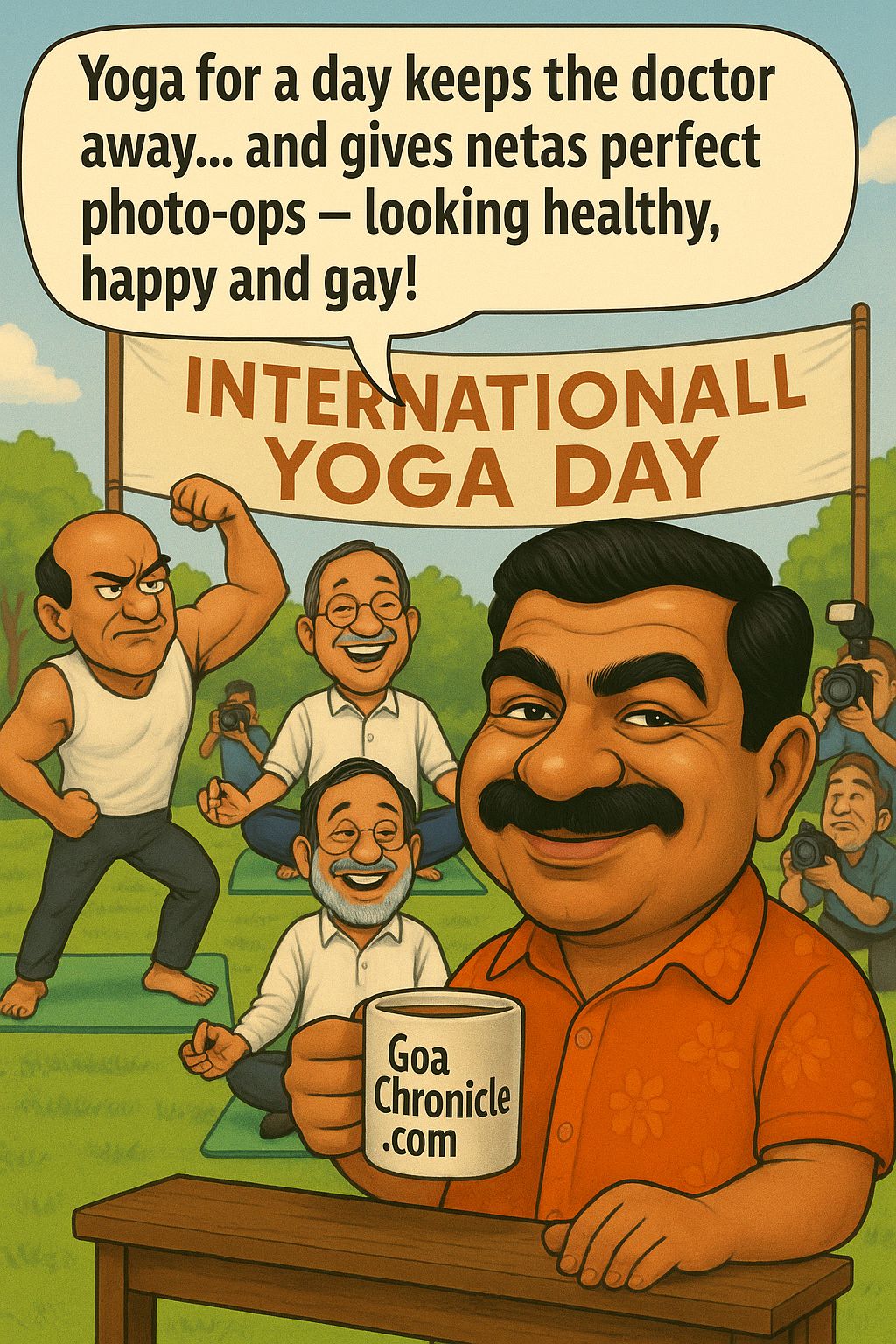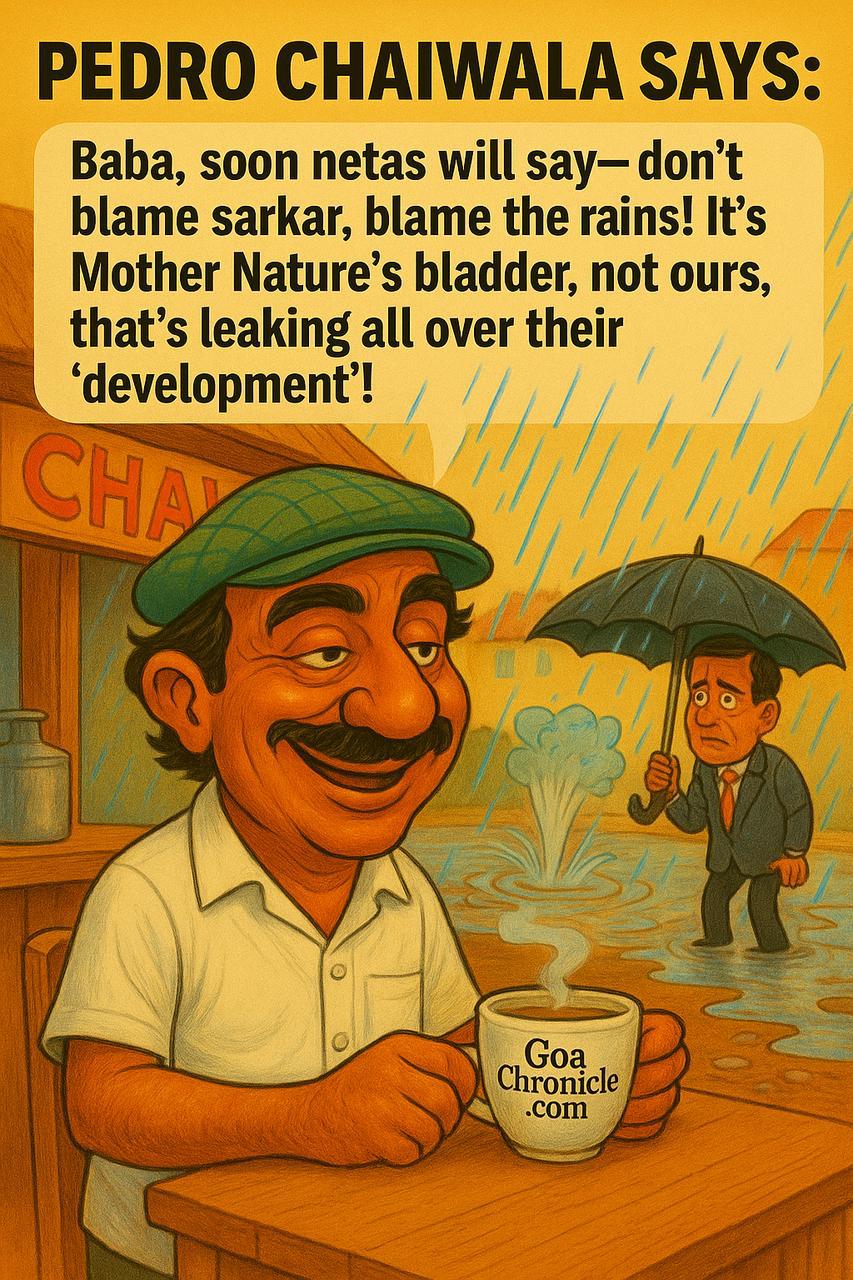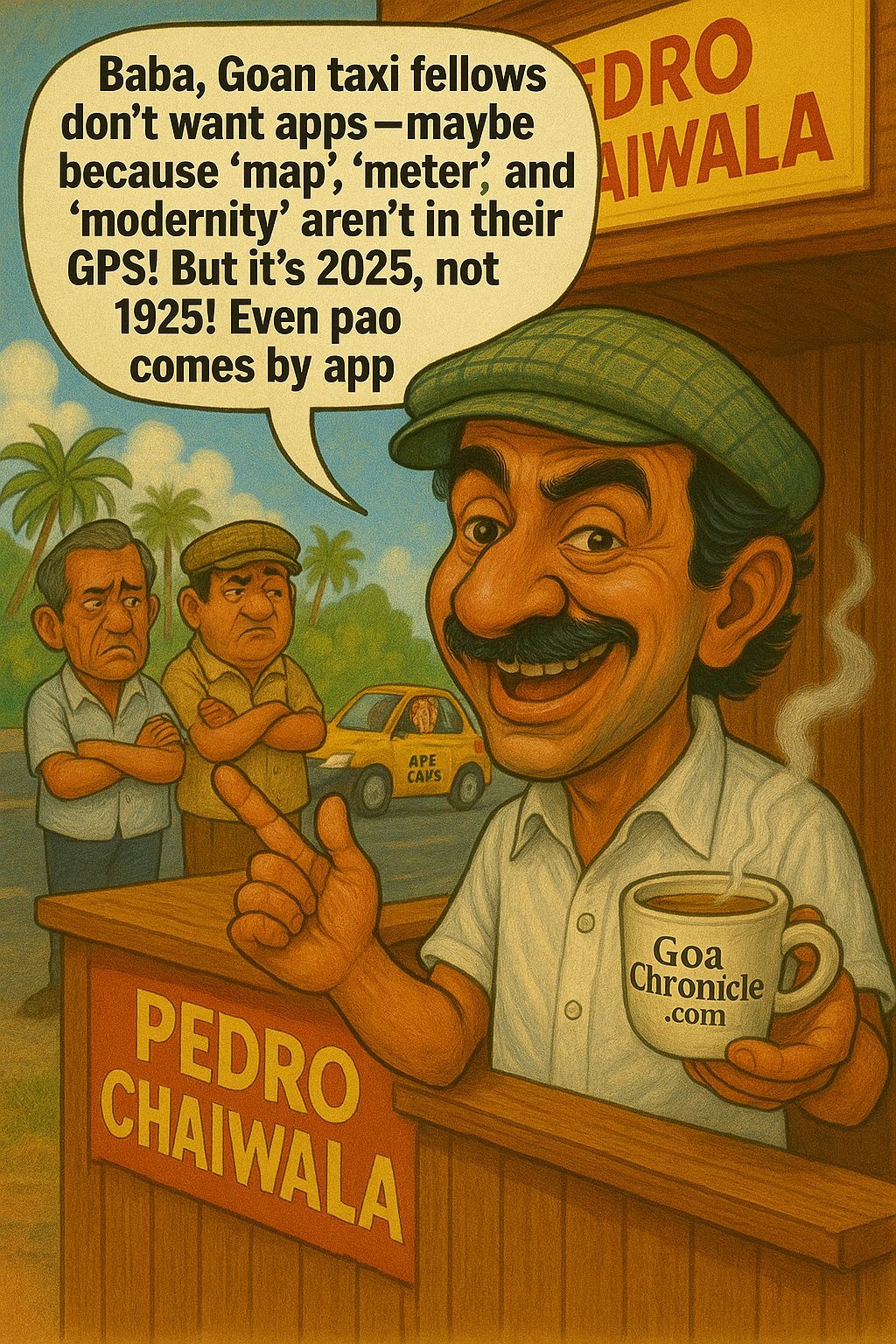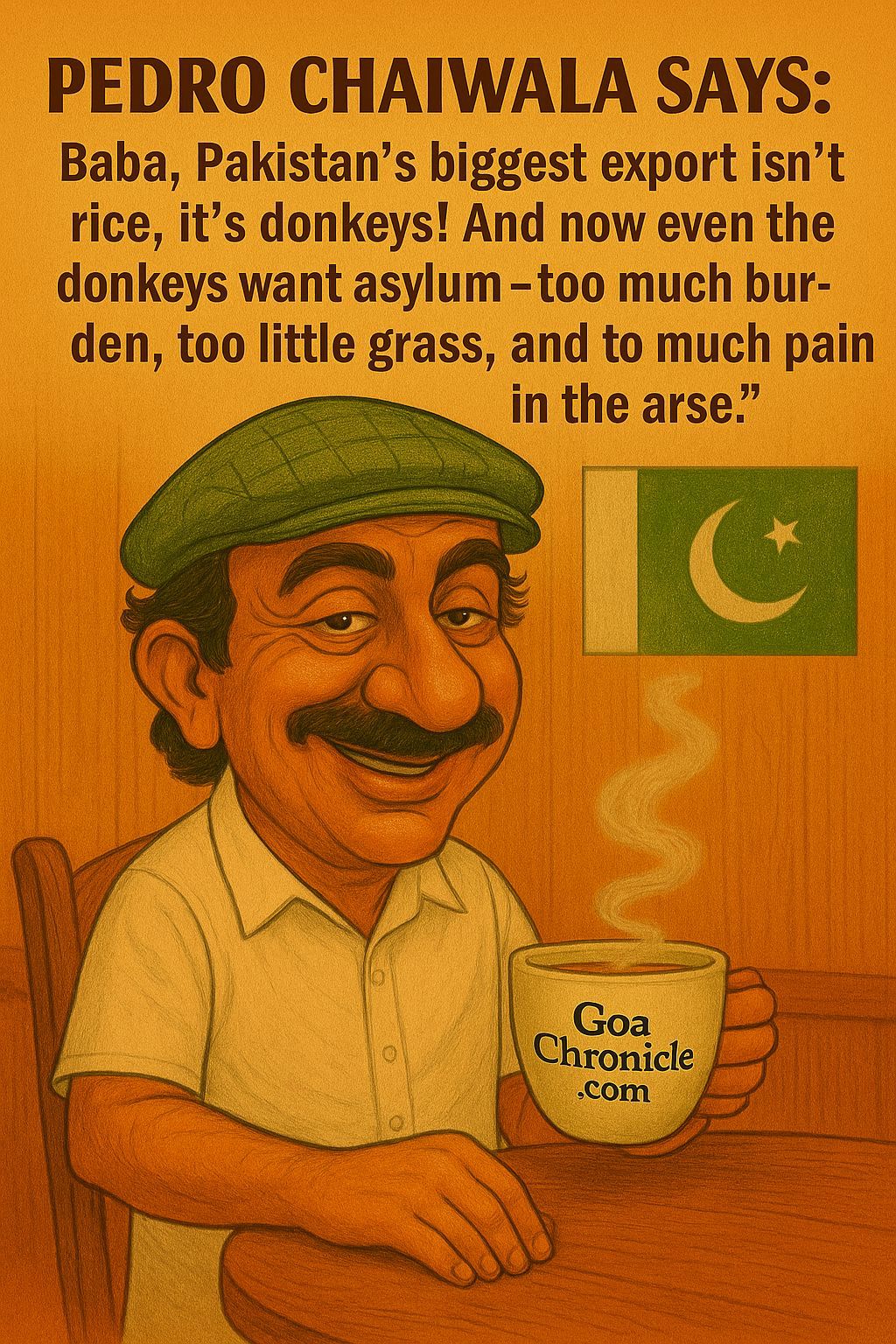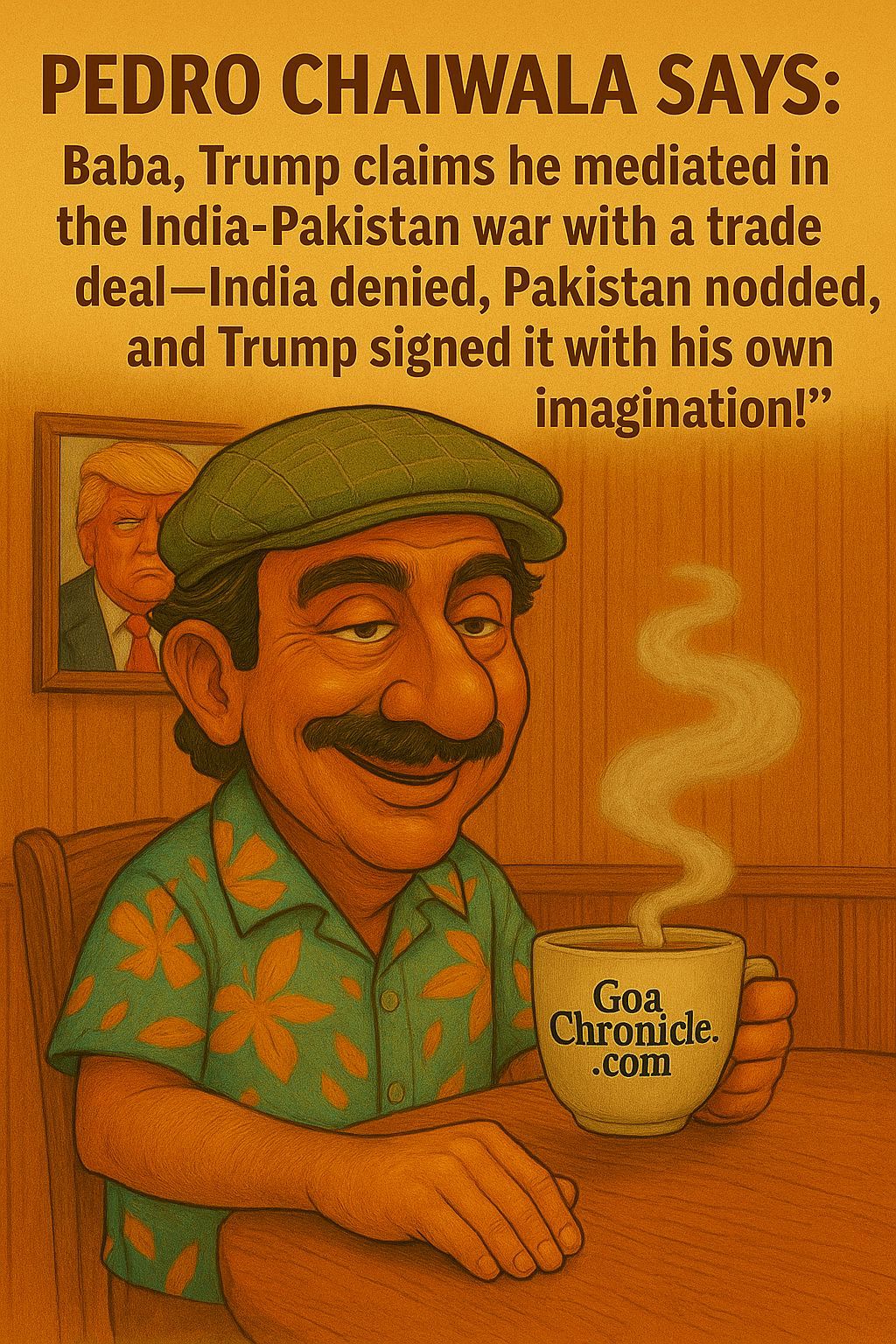In an age where Indian democracy is both maturing and straining under the weight of unresolved structural questions, Delimitation and States Reorganisation arrive as both a timely intervention and a courageous one. Authored by Gautam R. Desiraju and Deekhit Bhattacharya, this book addresses one of the most glaring contradictions of Indian federalism — the massive imbalance of political weight between states, and the growing disconnect between population and parliamentary representation.
The book addresses head-on what many in India’s policymaking class prefer to sidestep: that the current distribution of political power no longer reflects the demographic or developmental realities of the country. It argues that a recalibration, through proportionate delimitation and the creation of smaller, functionally coherent states, is not merely desirable, but essential to the project of a just, representative, and Viksit Bharat by 2047.
The foreword by Murli Manohar Joshi underlines the historical and ideological commitment of early Indian leaders like Pandit Deendayal Upadhyay and Kamalapathi Tripathi to smaller, more manageable states. They argue that small states are not merely an administrative convenience — they are a civilizational imperative. In a richly diverse nation like India, micro-identities and regional aspirations must not be swallowed by mega-state bureaucracies.
At its core, the book is driven by two interlinked ideas: “Each vote, same value” and “Each state, same heft.” These are not rhetorical flourishes but normative demands grounded in constitutional logic and democratic fairness. Today, the value of a vote in Tamil Nadu is often 1.6 times that of a vote in Rajasthan. Constituencies like Chennai Central and Bangalore North reflect a staggering disparity in voter populations — 14 lakhs versus 31 lakhs — and yet both send a single representative to the Lok Sabha. How can a democracy claim legitimacy when the value of a vote is contingent on geography?
Delimitation, the authors assert, is not a technocratic exercise but a political necessity. It is the mechanism through which India ensures that every voter, irrespective of state, has an equal say in the making of the Union. And yet, India has effectively frozen this process since 1976, anchoring representation to 1971 population data. The authors make it clear that this status quo, while politically convenient, is democratically indefensible.
One of the more compelling parts of the book is its engagement with southern India’s anxiety about delimitation. Southern states, having succeeded in stabilising population growth, now fear a loss of parliamentary influence. The book addresses this concern head-on, suggesting that the equality of votes must override past incentives. If democracy is to mean anything, it must mean fairness in representation. The population cannot remain a frozen metric from a bygone era. To stick with the 1971 Census is to perpetuate democratic inequality.
What makes this book stand out is its vision for the future — a radically reimagined India of 75 states, each roughly equal in population and political weight. This is not a bureaucratic fantasy but a deeply strategic and civilizational proposition. The authors envision each of these states evolving into economic powerhouses in their own right. Take the example of Kashmir, Kutch, Kongu, and Kashi — regions rich in agriculture, solar energy, textiles, and tourism, in that order. The book paints a compelling picture of these new states as globally competitive hubs in terms of specialisation and economic focus.
Large, bloated states with disproportionate influence often crowd out smaller regions and local priorities. Smaller, more focused states would foster innovation, attract targeted investment, and allow for more responsive governance. The path to a developed India, the authors argue, runs through the map by redrawing it.
The reference to rotten boroughs from British parliamentary history is particularly poignant. Just as 19th-century England needed reform to purge its electoral system of distortions, so too does India need its moment of democratic correction. Constituencies with wildly unequal populations distort not just representation, but also development priorities. The authors suggest that without immediate course correction, India risks turning into a democracy of quantity without quality — a numbers game untethered from equity.
Desiraju and Bhattacharya trace the origins of linguistic states to colonial manipulations — a “cancer” implanted during British rule, first taking root in Odisha after 1911. Language, once a cultural marker, became a political wedge. The British institutionalised language through policies that linked it to government jobs (Sarkari Naukri), thus incentivising identity-based politics. In regions like Mysore and Madras, the colonial state used the official language as a bait to divide and rule. The consequences are visible today: periodic eruptions of anti-Kannadiga and anti-Tamil sentiments in Karnataka and Tamil Nadu, respectively, often sparked by economic disputes but inflamed by linguistic chauvinism.
A Bharatiya model of statehood, the authors propose, must transcend language and be rooted in a shared civilizational ethos. States should be defined by administrative efficiency and developmental logic, not by colonial-era identity templates.
The idea of micro-diversity runs as a subtle yet powerful thread throughout the book. India is not just a federation of states, but a civilizational entity of interwoven communities, cultures, and economies. The British sought to cleave this unity by offering official status to languages and hardening regional boundaries. The authors advocate a return to a more organic understanding of identity — one in which each region’s uniqueness is honoured without hardwiring it into a political fault line.
Crucially, Desiraju and Bhattacharya root their arguments in civilizational ethos. They quote the Brihadaranyaka Upanishad: “Dharmam kshatrasya kshatram” — Dharma is the king of kings. The ruler, like the ruled, is bound by Dharma. Democracy in India, they argue, is not a Western import but an organic outgrowth of our Dharmic worldview. Their vision is not just technocratic but philosophical: a democratic India rooted in its civilizational core, yet modern and efficient in its structures.
The idea of a Bharatiya democracy — plural, decentralised, self-aware — is slowly emerging, and this book may well be one of its intellectual foundations.
In sum, Delimitation and States Reorganisation is a rare achievement — intellectually rigorous, politically bold, and civilisationally rooted. It dares to ask hard questions that most of our political class have avoided for too long. It connects dots across history, demography, economics, and ethics. For anyone who cares about the future of Indian democracy — not just its rituals but its substance — this book is essential reading.
As India aims to be Viksit Bharat by 2047 and approaches its centenary as a Republic, this book demands to be read — and acted upon.
About Authors:
Sharan Setty is a journalist covering politics, society and security. Venugopal K is a public policy professional.







